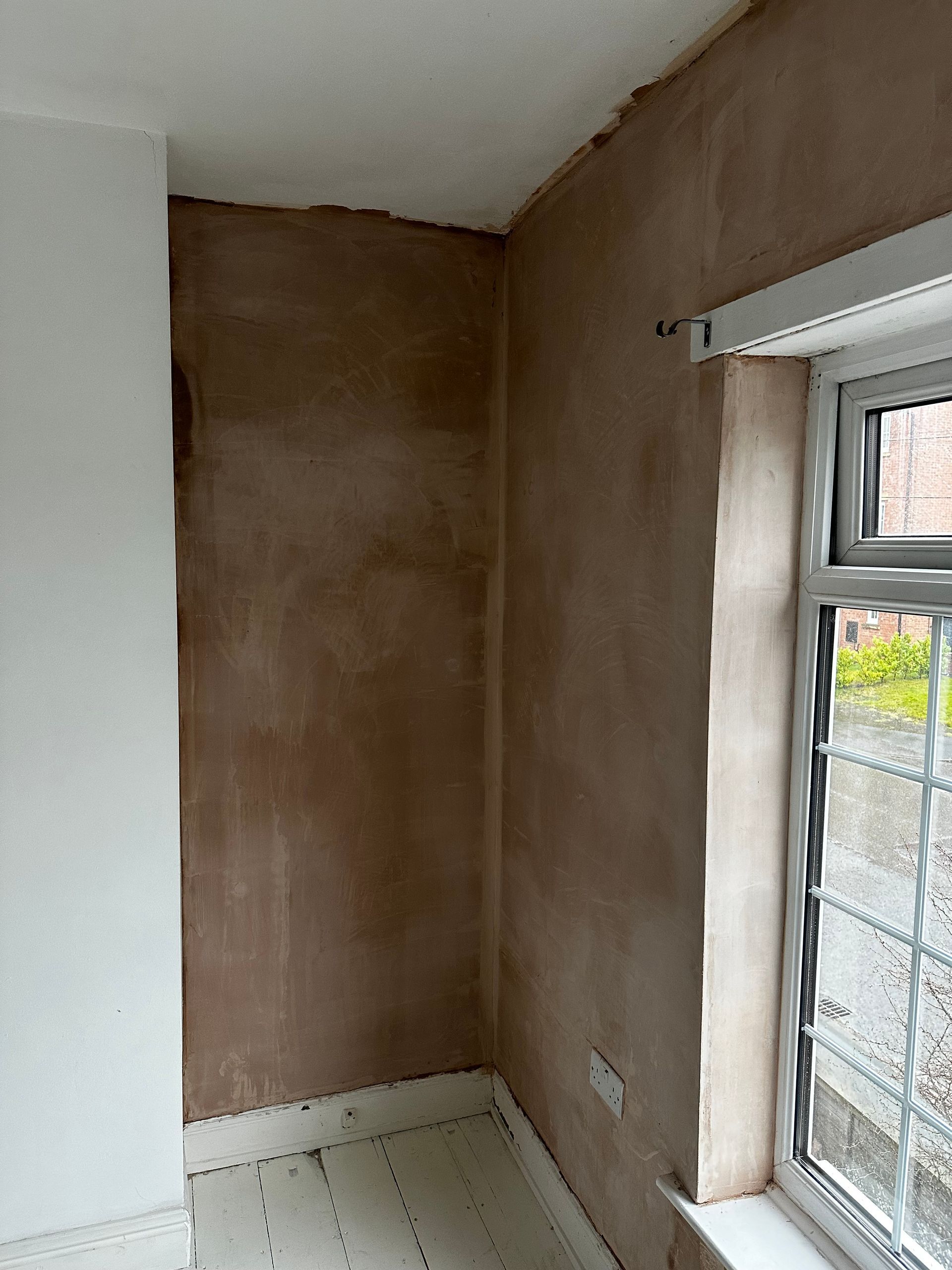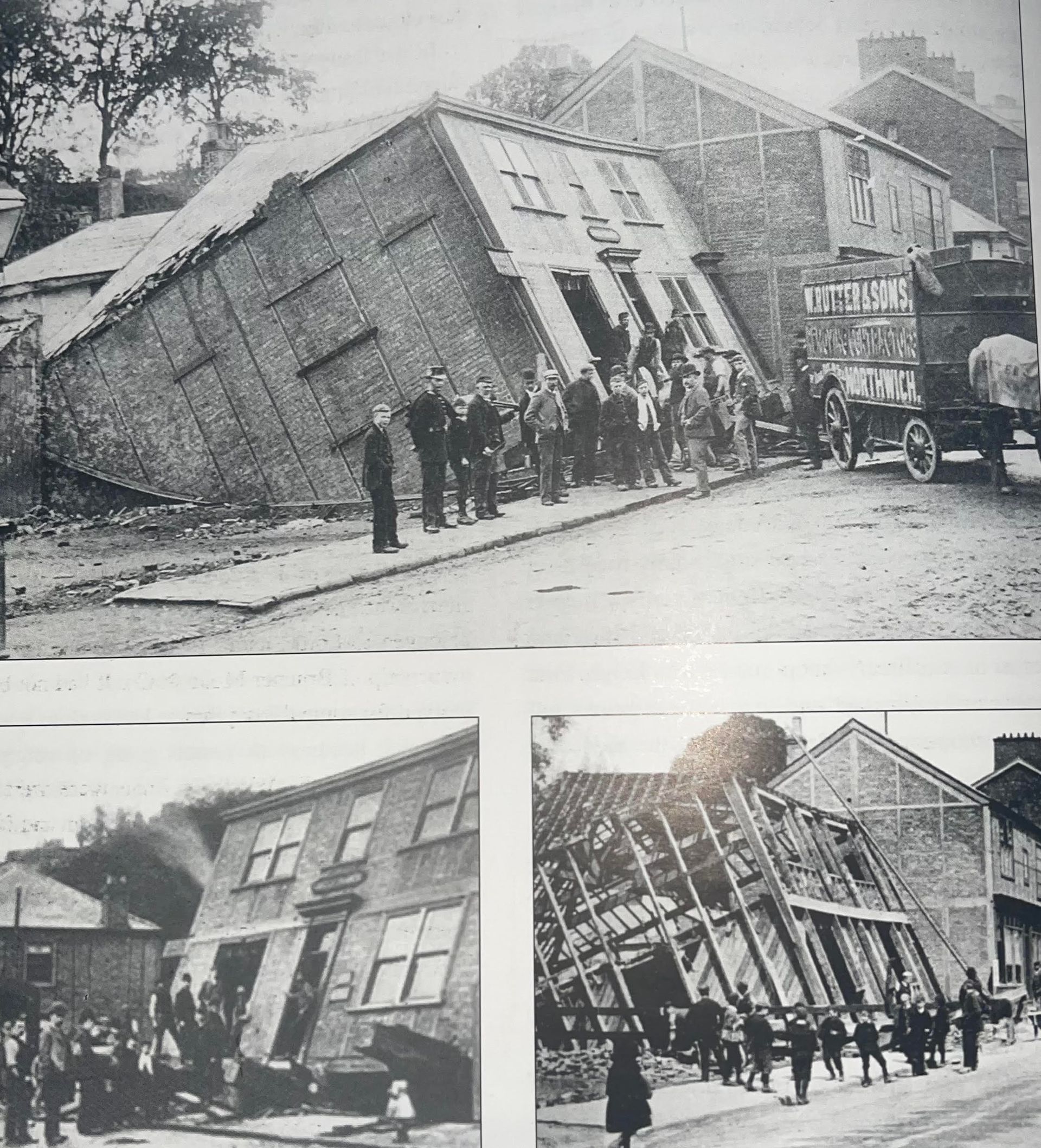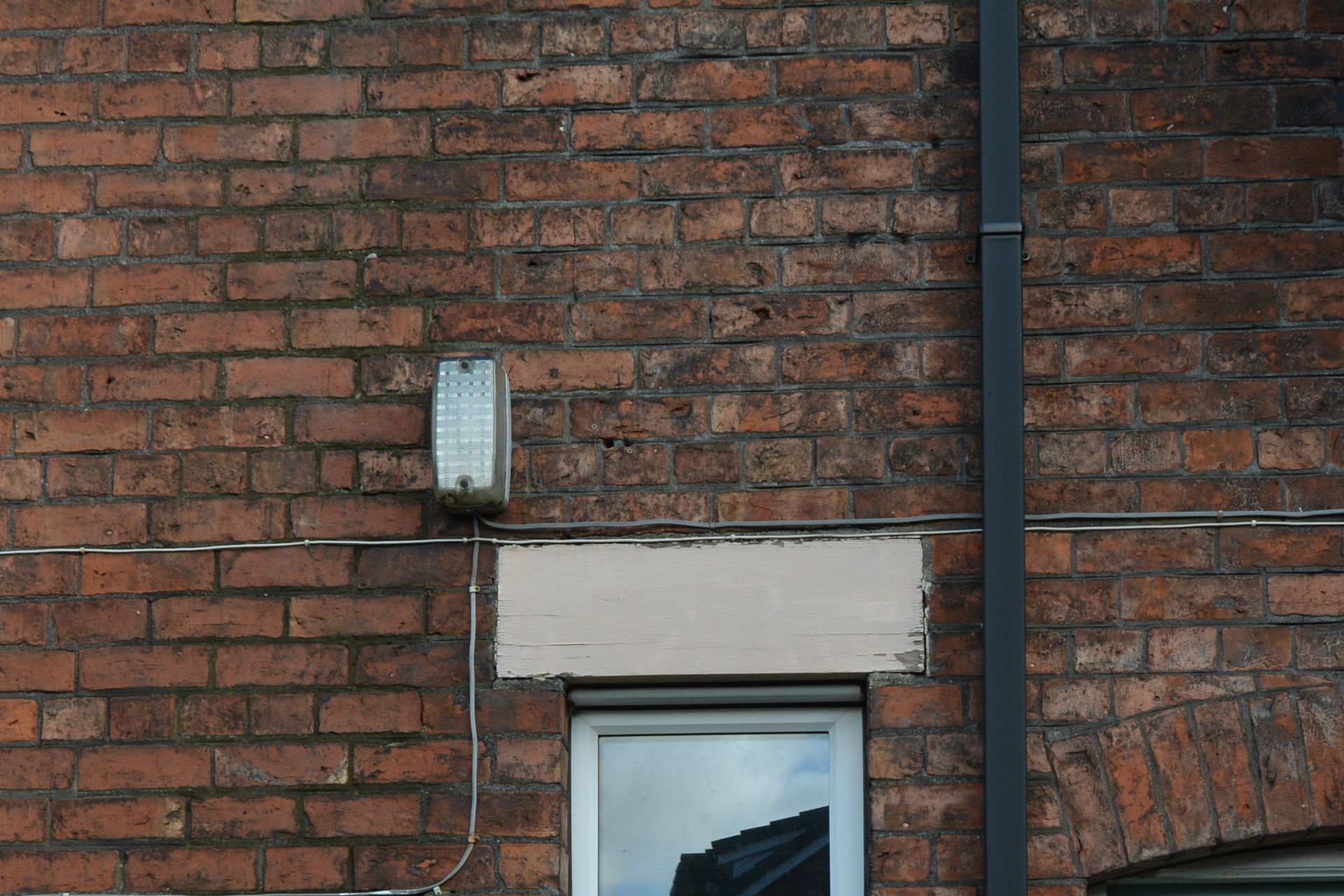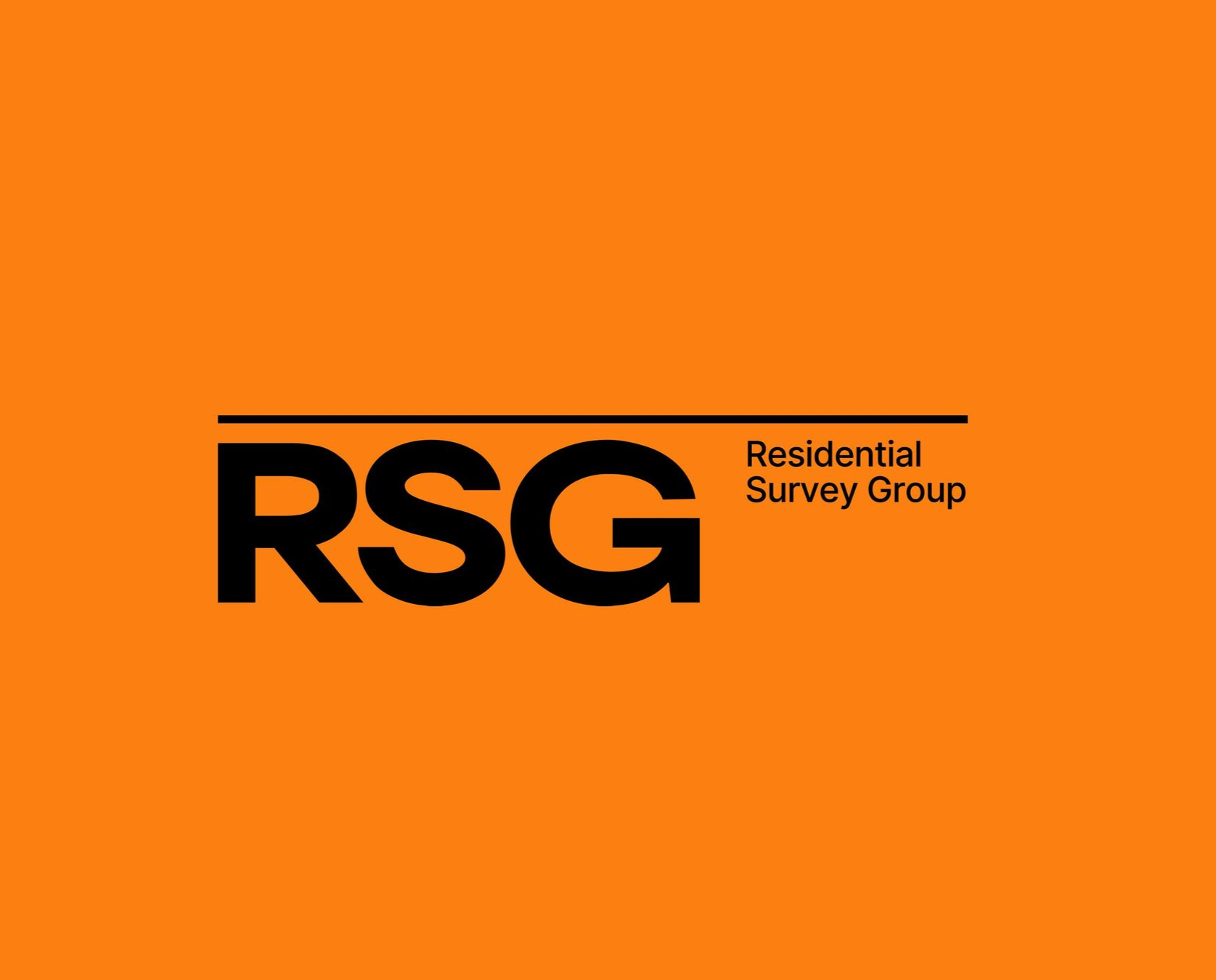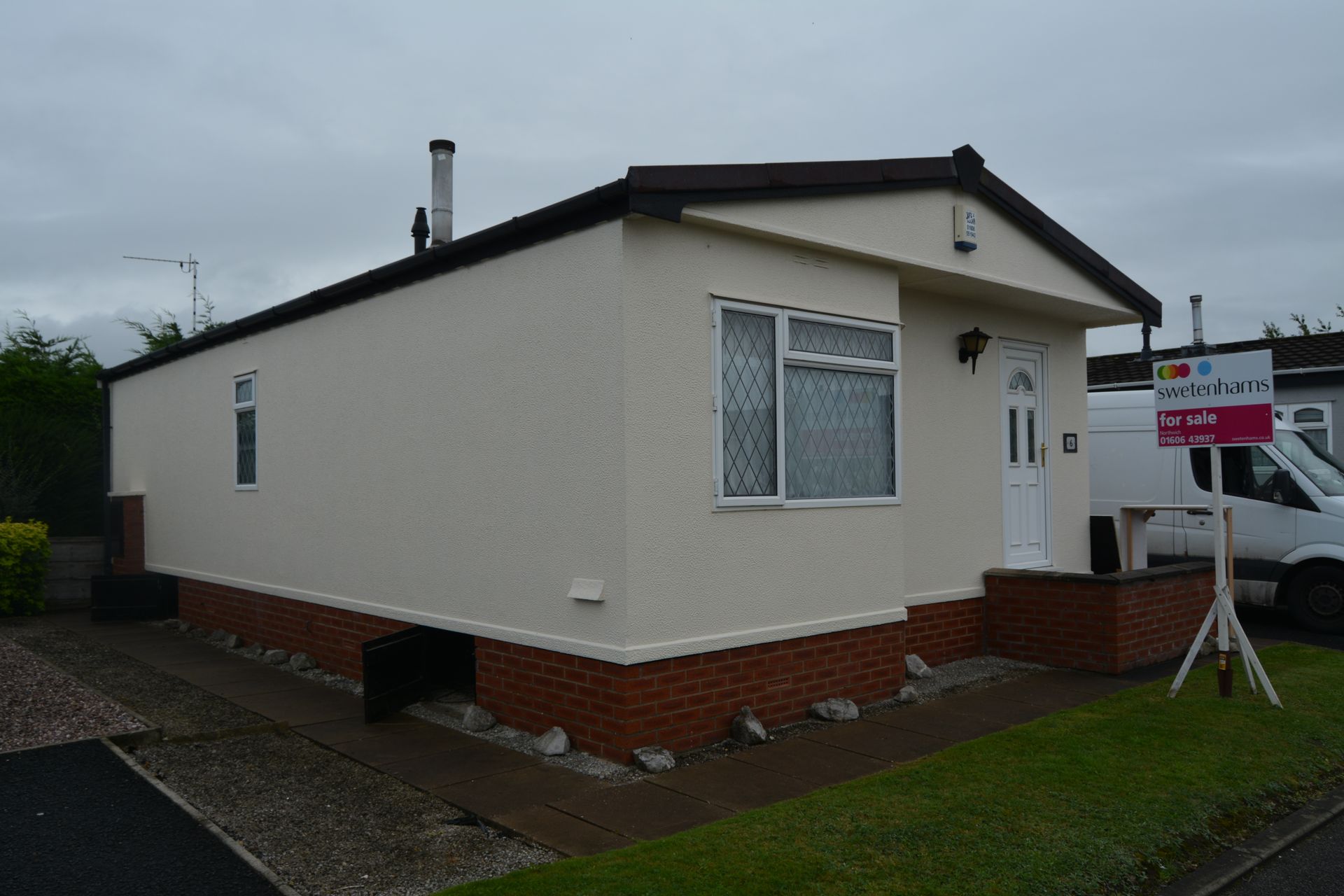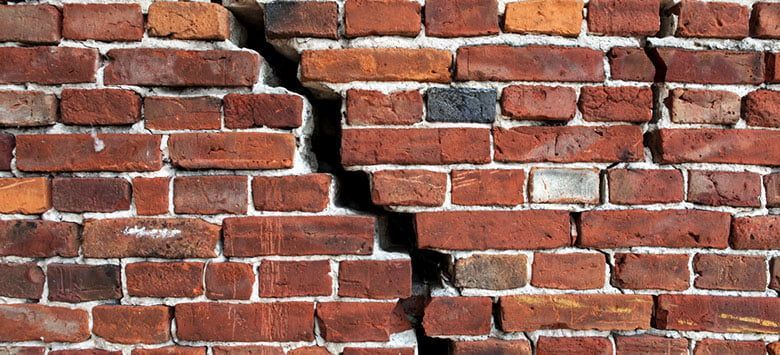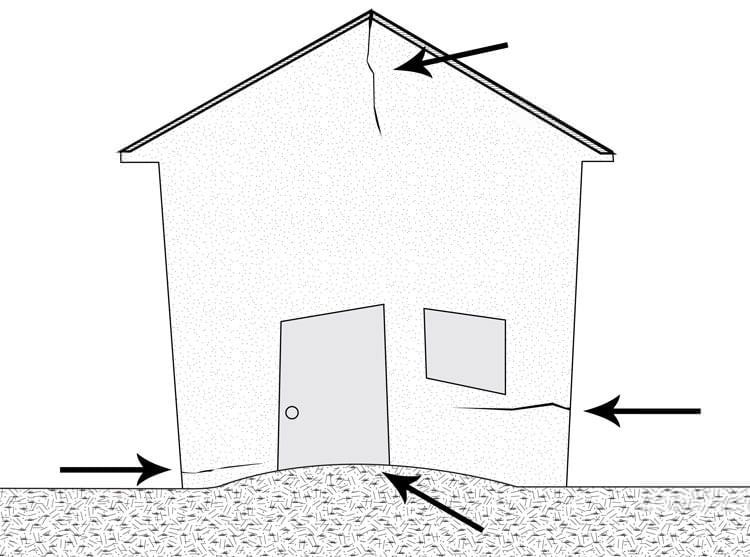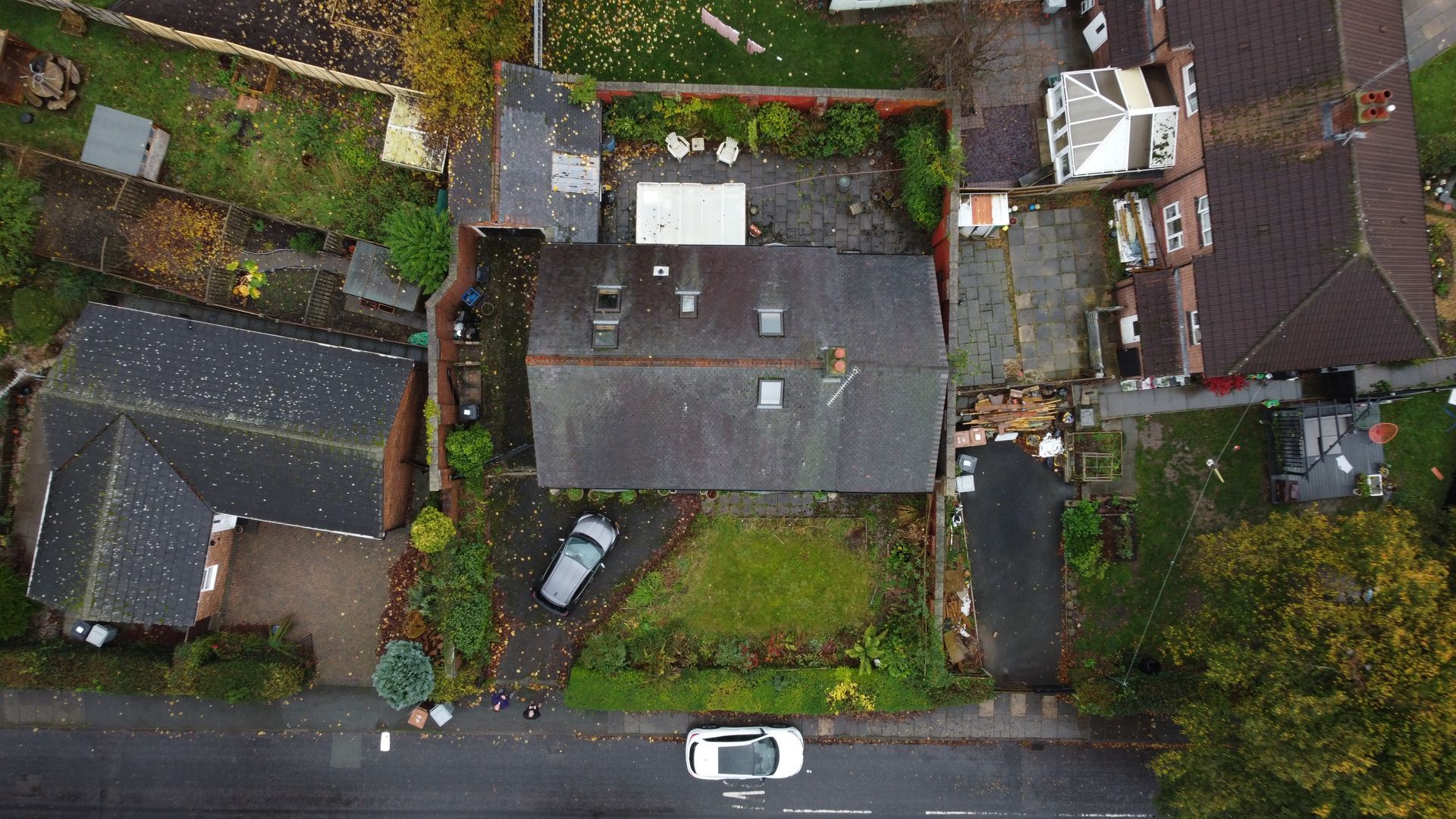Why a Chemical Damp Proof Course Usually Won’t Fix Your Damp Problem — and What You Should Do Instead
Why a Chemical Damp Proof Course Usually Won’t Fix Your Damp Problem — and What You Should Do Instead
Being told you need a chemical damp proof course (DPC) can feel worrying — and expensive. Many homeowners assume it’s the only way to solve damp issues, but in most cases, it’s not necessary and it won’t address the underlying problem.
As an independent surveyor specialising in damp and structural surveys, I regularly inspect properties where damp problems persist even after chemical DPCs have been installed. In almost every case, the chemical injection was unnecessary, ineffective, and an avoidable cost to the homeowner.
Here’s what you need to know about damp problems, why chemical DPCs are often the wrong solution, and what you can do instead to resolve the issue properly.
Why chemical DPCs are over-sold
Chemical damp proofing injections have become the default recommendation by many contractors when damp is discovered. This is partly because they are easy to sell and highly profitable — costing homeowners thousands of pounds in many cases.
However, in my experience, damp walls are almost always caused by other issues that chemical injection does nothing to resolve. Many traditional DPCs, such as slate, bitumen, or plastic, are still intact and effective decades after installation. In most homes, damp is not caused by a failed DPC but by other contributing factors.
Installing a chemical DPC without first identifying and addressing these underlying issues almost always leads to wasted money and continued damp problems.
Why chemical injection doesn’t work
One of the most frustrating myths I encounter is the idea that you can simply inject a thick chemical solution into a wall and somehow “stop” damp. Think about it: they drill holes into your bricks and inject a viscous chemical compound, as if that would magically spread evenly through the masonry and create an impenetrable barrier...It doesn’t.
Bricks are porous, but they’re not sponges, and they certainly don’t instantly or evenly absorb liquid just because it’s forced into a few holes. In fact, for a brick to fully absorb a liquid to its core would usually require it to be submerged in that liquid for days, if not weeks, and even then absorption would vary depending on the brick’s density, type and condition.
The idea that drilling holes every few inches and squirting in some chemicals creates a continuous, effective barrier is simply unrealistic. At best, you get a patchy, inconsistent treatment that may do little or nothing to stop the true source of moisture because in most cases, the water is entering the wall above or around where they inject anyway.
If it sounds like a quick fix, that’s because it is — but quick fixes rarely solve the problem properly.
Common real causes of damp in walls
1. Bridging of the damp proof course
One of the most common causes of low-level damp is bridging. Over time, external ground levels, paths, patios, or garden beds can be raised above the level of the original DPC. When this happens, the DPC is bypassed, and moisture from the ground is absorbed directly into the walls.
Lowering the external levels to sit at least 150mm below the internal floor and below the DPC is the correct solution. Injecting chemicals into the walls will not stop moisture entering above the DPC level.
2. Poor drainage and standing water
Blocked or missing drainage gullies, inadequate falls on paving, or poor surface water drainage can allow water to pool around the base of walls. This keeps walls saturated and leads to damp patches inside. Restoring proper drainage often resolves the problem.
3. Hygroscopic salts
In some properties, especially older ones, you may find that damp patches persist even when the wall itself has dried. This is often due to hygroscopic salts — naturally occurring chlorides and nitrates that have built up in the plaster or masonry.
These salts attract moisture from the air and can keep surfaces looking damp long after the underlying masonry has dried out. Hygroscopic salts can accumulate when walls have been damp for a prolonged period or as a result of decades of fossil fuel use, such as coal fires, which deposit sulphates and chlorides in the walls.
When present, the usual approach is to allow the wall to dry out and then remove and replace any contaminated plaster with a suitable breathable material.
4. Internal condensation
In many modern homes, high indoor humidity and poor ventilation can lead to condensation forming on cooler walls, often being mistaken for rising damp. Improving ventilation and reducing moisture production in the home can address this.
5. Defective pointing, render or guttering
Leaking gutters, defective flashings, cracked render, or eroded mortar joints allow rainwater to penetrate the walls directly. External repairs to these elements stop water ingress at source.
6. Non-breathable finishes
On solid walls, modern gypsum plaster, cement renders, and plastic-based paints can trap moisture and prevent walls from drying out properly. Replacing these with lime-based or other breathable finishes helps walls dry naturally.
The financial trap
A key reason why chemical DPCs are so commonly recommended is that the contractors diagnosing the problem are the same people selling and installing the treatment. This is a clear conflict of interest.
If a contractor earns money by installing a chemical system, they are more likely to recommend it — even when it is unnecessary.
Homeowners often spend thousands of pounds on chemical injection work, when in many cases the correct remedial work (such as lowering ground levels or improving drainage) costs far less.
This is why it is so important to get independent advice before agreeing to any remedial damp proofing work.
What you should do instead
If you discover damp in your home:
- Have an independent damp survey carried out by a qualified surveyor who has no financial interest in selling you remedial treatments.
- Identify the root cause of the damp and agree a clear, targeted scope of work based on the findings.
- Only instruct contractors to carry out the specific work identified — and avoid allowing them to “diagnose” and upsell their own treatments.
Get impartial advice
At Residential Survey Group, we provide independent damp and building surveys across Northwich, Winsford, Middlewich and the surrounding areas. We have no ties to contractors or damp-proofing firms, and my advice is completely impartial.
If you’re worried about damp, or have already been told you need a chemical damp proof course, get in touch before spending thousands unnecessarily.
By Gareth — Residential Survey Group, Independent Damp and Building Surveyor (Northwich, Winsford & Middlewich)

Home Surveys in Northwich, Middlewich & Winsford – What You Need to Know (and What They Should Cost)
